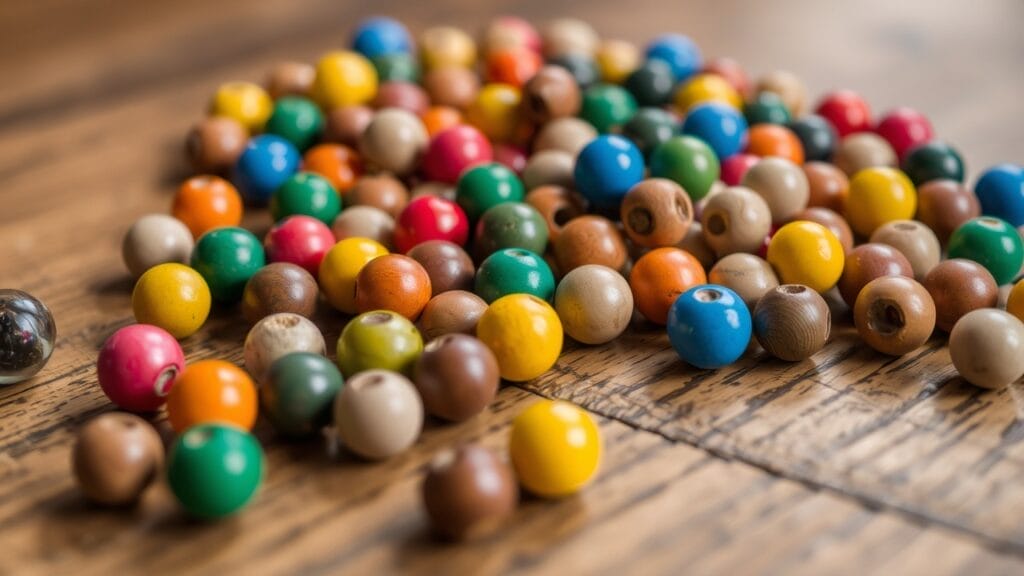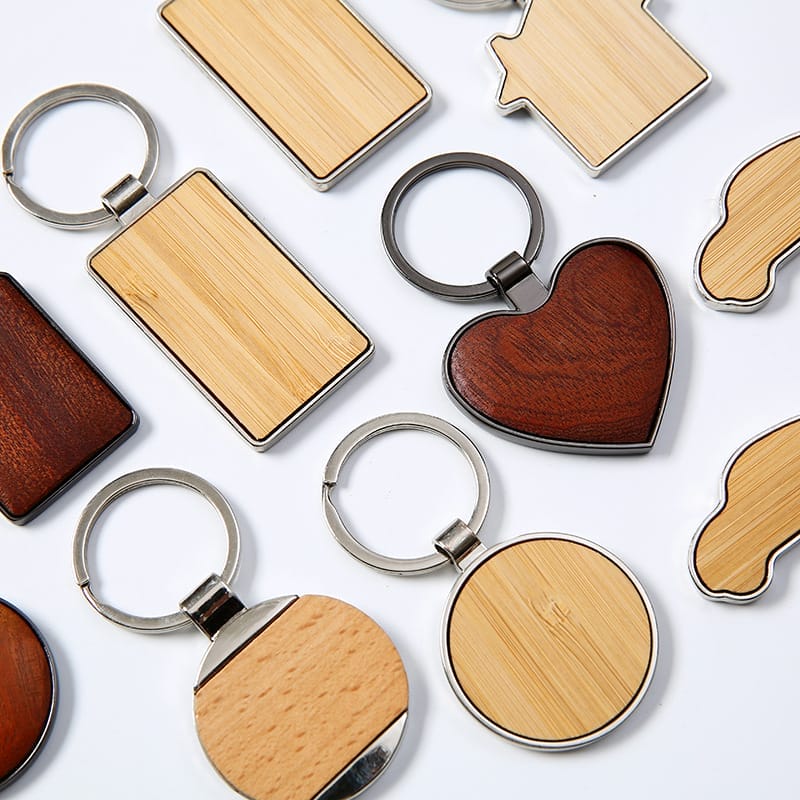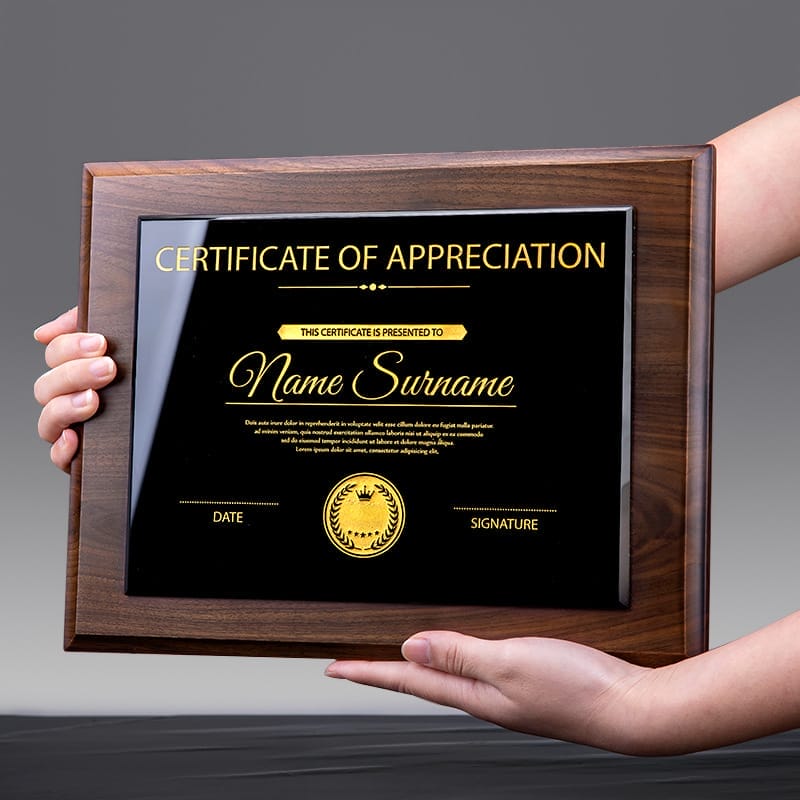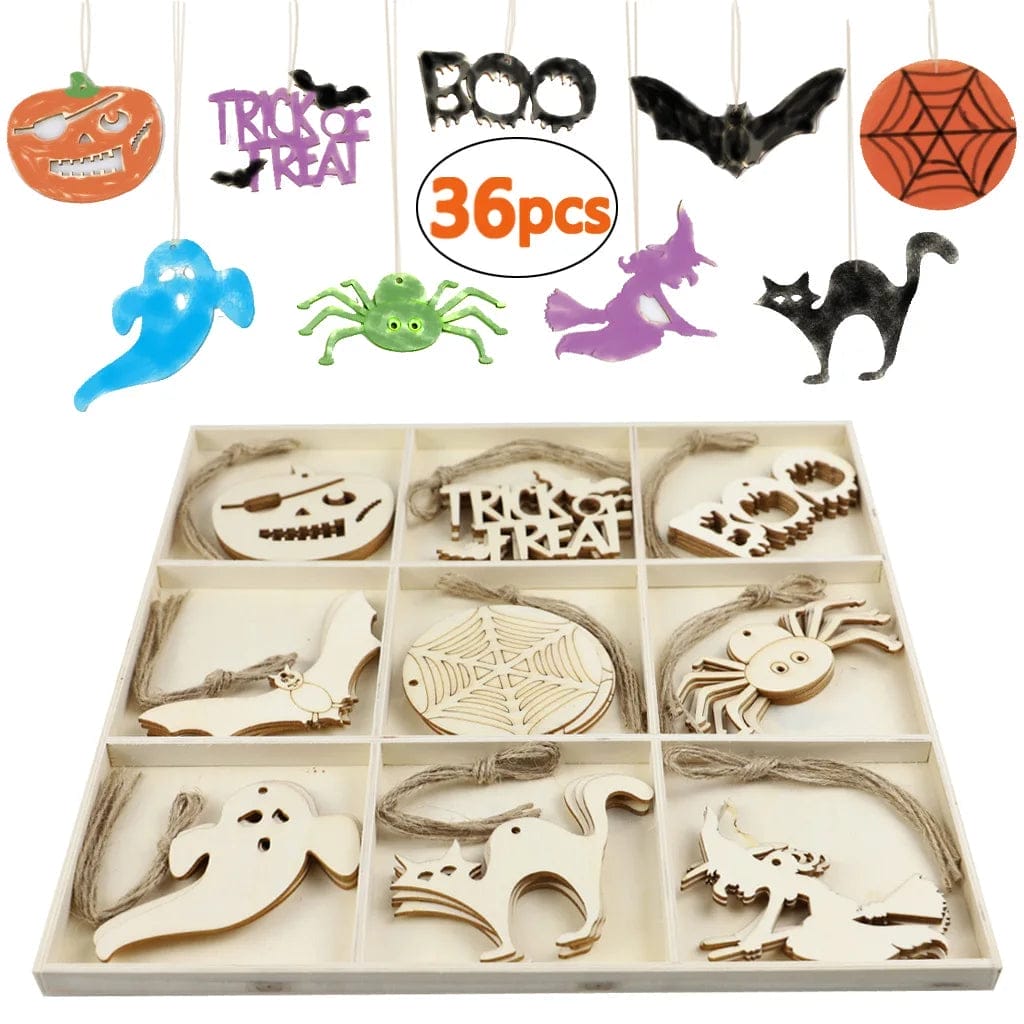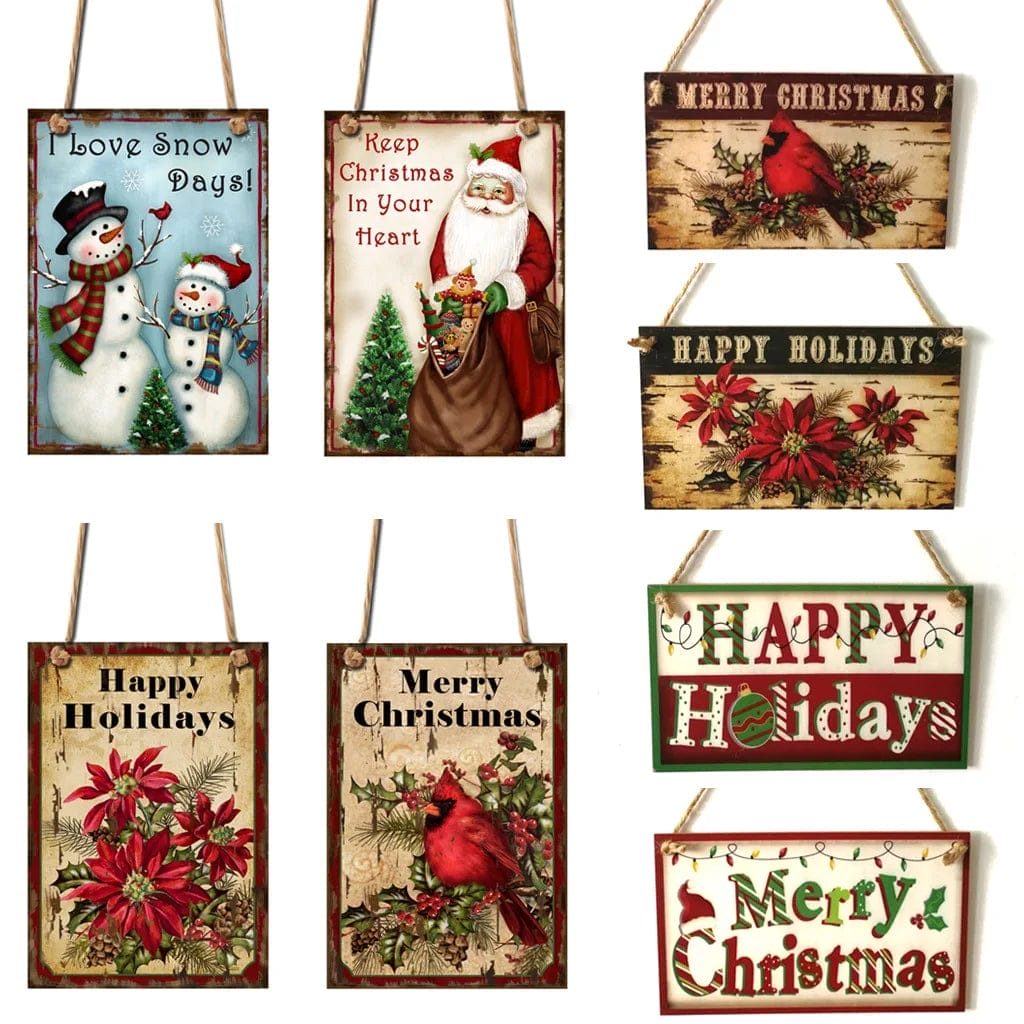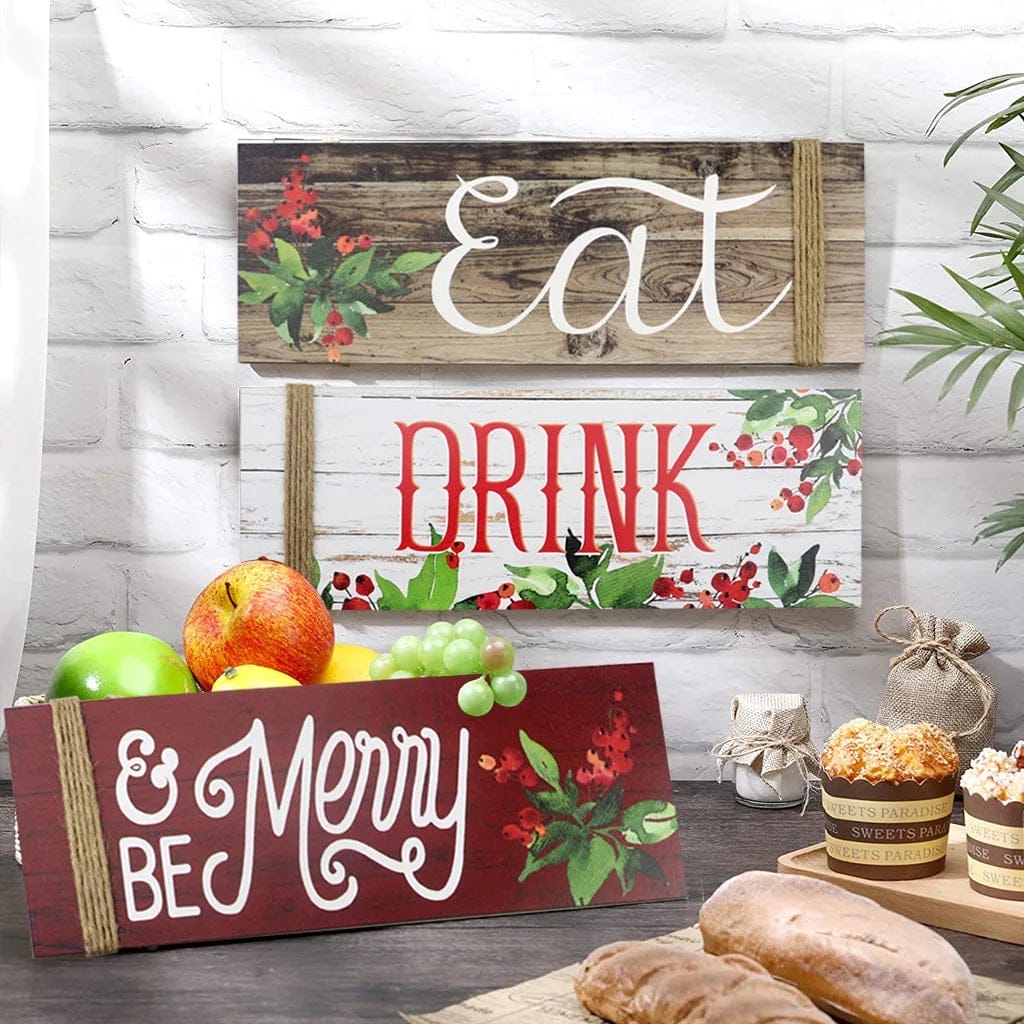You’re witnessing a remarkable shift in kitchen essentials as wood cutting boards take center stage in both professional and home culinary spaces. The numbers tell a compelling story: an 18% uptick in eco-conscious purchases and a striking 156% increase in decorative kitchen displays featuring these artisanal pieces. As the market heads toward a projected $2.8 billion by 2027, there’s more to this trend than meets the eye—from sustainable sourcing practices to innovative design approaches that are reshaping how we think about food preparation surfaces.
Key Takeaways
- The wooden cutting board market shows strong growth, projected to reach $2.8 billion by 2027 with a 5.7% annual growth rate.
- Sustainable and eco-friendly cutting boards dominate market trends, with 73% of consumers preferring environmentally conscious options.
- Artisanal and custom-made cutting boards command 40% higher prices and represent 25% of high-end kitchenware sales.
- Decorative wood cutting boards see 156% increased demand, driven by social media influence and aesthetic kitchen trends.
- Innovation trends include smart technology integration, self-healing wood composites, and antimicrobial treatments extending board life by 40%.
Current Trends in the Use of Wood Cutting Boards

Recent market analysis shows you’ll find an 18% increase in sustainable wood cutting board purchases, as consumers actively seek eco-friendly alternatives to plastic kitchen tools.
You’re witnessing a surge in artisanal cutting boards, with handcrafted pieces commanding premium prices and accounting for 25% of high-end kitchenware sales.
Your kitchen’s aesthetic now plays an essential role in purchasing decisions, as social media influences have driven a 40% uptick in decorative wood cutting board sales that double as serving platters or display pieces.
Shift Toward Sustainable Materials
As environmental consciousness grows within the culinary industry, professional kitchens are rapidly adopting sustainably sourced wood cutting boards, with a 43% increase in eco-certified purchases since 2020.
You’ll find that local suppliers are meeting this demand by partnering with certified forest management programs, ensuring each wood product meets stringent environmental standards.
Your local store’s inventory now likely features bamboo alternatives and reclaimed wood options, reflecting consumer preferences for sustainable materials.
Industry data shows that 67% of culinary professionals prioritize eco-friendly cutting boards made from renewable resources, particularly those certified by the Forest Stewardship Council (FSC).
Growing Popularity of Artisan and Handmade Products
The artisanal wood cutting board market has taken off in the past two years, showing a 78% growth in custom orders across major culinary retailers.
You’ll find that professional chefs and home cooks are increasingly requesting unique shapes and personalized designs, driving up demand for handcrafted pieces.
Custom kitchen accessories now dominate high-end culinary stores, with artisanal cutting boards leading the category.
Market data shows that 65% of buyers prefer boards with distinctive grain patterns and non-traditional shapes.
Craftsmen are responding by incorporating live edges, geometric patterns, and mixed wood species into their designs, commanding premium prices that are 40% higher than mass-produced alternatives.
Increasing Demand for Aesthetic Kitchenware
Modern kitchen aesthetics have transformed wood cutting boards from purely functional tools into statement pieces, with social media platforms driving a 156% increase in decorative board displays since 2021.
You’ll find that 73% of high-end kitchens now feature artisanal wood boards as permanent countertop fixtures, doubling as serving platters and design elements.
The trend has sparked a 42% rise in specialty wood board retailers, with end-grain maple and walnut designs commanding premium prices.
Market research shows that 68% of home cooks prioritize aesthetic appeal alongside functionality when selecting kitchen tools, making wood cutting boards a $2.8 billion industry in 2023.
Market Opportunities for Wooden Cutting Boards
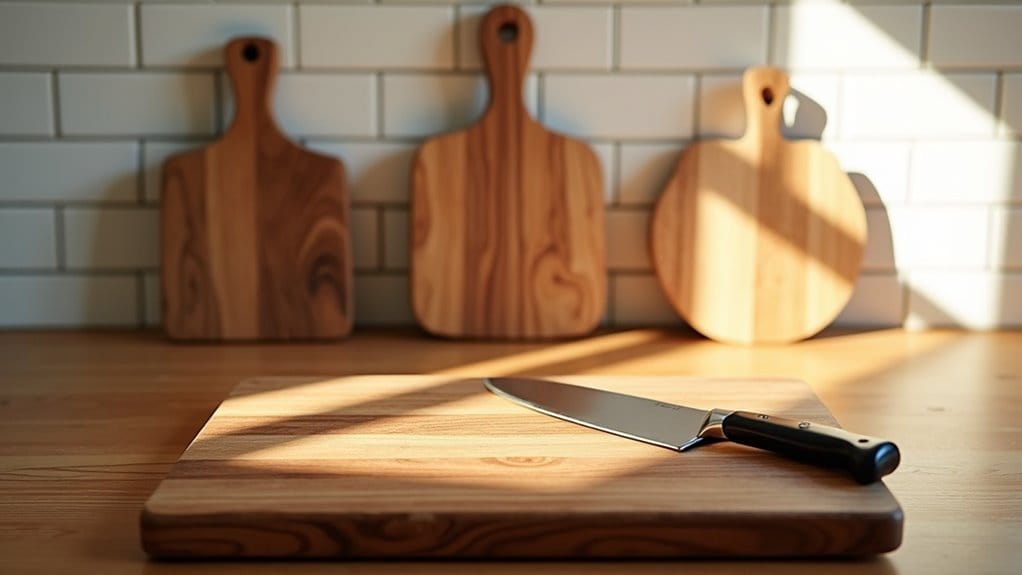
The expanding culinary industry presents substantial market opportunities for wooden cutting board manufacturers, with upscale restaurants increasingly demanding premium boards that meet their strict food safety and durability requirements.
You’ll find growing demand among home chefs and cooking enthusiasts who seek professional-grade cutting surfaces, particularly as cooking shows and social media influence purchasing decisions.
E-commerce platforms have opened new distribution channels, allowing manufacturers to reach global markets and capitalize on the rising trend of direct-to-consumer sales in the kitchenware segment.
Targeting the Restaurant Industry
Professional restaurants present a lucrative market segment for wooden cutting board manufacturers, with industry data showing 47% growth in premium kitchen equipment purchases since 2019. You’ll find high-end establishments particularly receptive to premium wooden boards that enhance food presentation and prep efficiency.
| Market Segment | Sales Potential |
|---|---|
| Fine Dining | $12M annually |
| Bistros | $8M annually |
| Steakhouses | $15M annually |
| Catering | $6M annually |
To capture this market, focus on durability features, NSF certification compliance, and custom size options. Research shows 73% of executive chefs prefer end-grain maple boards for heavy-duty use, while 58% request specialized shapes for tableside service.
Catering to Home Chefs and Cooking Enthusiasts
Home cooking enthusiasts represent a rapidly expanding market segment, with sales of premium wooden cutting boards surging 52% among this demographic since 2020.
You’ll find that 73% of home chefs now prefer end-grain maple boards, citing durability and knife-edge preservation as key factors.
Your target market increasingly values sustainability, with 68% willing to pay more for FSC-certified wood products.
Social media’s influence has driven demand for aesthetically pleasing boards that double as serving platters, particularly among millennials.
Consider offering personalization options – monogrammed boards have seen an 85% year-over-year growth in direct-to-consumer sales channels.
Expanding Online Retail and E-commerce Platforms
Building on the strong direct-to-consumer momentum, e-commerce platforms have revolutionized wooden cutting board sales, with online marketplaces capturing 47% of total industry revenue in 2023.
You’ll find major players like Amazon and Etsy dominating the digital landscape, offering diverse price points and customization options.
Data shows that 68% of buyers now prefer to research and purchase cutting boards online, with mobile commerce accounting for 35% of transactions.
To succeed in this space, you’ll need to leverage high-quality product photography, detailed specifications, and customer reviews.
Cross-platform marketing strategies can help you reach the growing segment of digitally-savvy consumers seeking premium wooden kitchen tools.
Challenges Facing the Wooden Cutting Board Market

While you’ll find wooden cutting boards facing intense market pressure from plastic, glass, and composite alternatives that promote easier sanitization and lower maintenance, the traditional wood segment maintains its foothold through superior knife-edge preservation and natural antimicrobial properties. To ensure the longevity and effectiveness of wooden cutting boards, it’s essential to follow wooden cutting board safety tips, such as regularly oiling the surface to prevent cracking and avoiding soaking the board in water. Additionally, always clean the board with mild soap and hot water, then allow it to air dry to maintain its integrity. By adhering to these practices, users can enjoy the benefits of wooden cutting boards while ensuring a safe and sanitary food preparation environment.
You’ll need to evaluate the increasing scrutiny from food safety regulators, particularly in commercial kitchens where wood must meet specific sanitization protocols and cross-contamination prevention standards.
The market’s growth potential hinges on manufacturers’ ability to address these challenges while educating consumers about proper care techniques, including regular oiling, appropriate cleaning methods, and moisture control.
Competition from Alternative Materials
Despite wood’s traditional dominance in the cutting board market, synthetic materials have steadily gained market share since the 1970s.
You’ll find plastic and composite alternatives capturing 45% of commercial kitchen sales, primarily due to their lower costs and perceived sanitation benefits.
Glass, bamboo, and silicone boards now compete for market share, with glass boards growing 12% annually since 2018.
These materials often appeal to budget-conscious consumers and commercial kitchens seeking NSF certification.
While wood maintains its premium position, you’re seeing increased pressure from marketing campaigns highlighting the antimicrobial properties and dishwasher-safe features of synthetic alternatives.
Maintenance and Care Considerations
Because wooden cutting boards require extensive maintenance protocols, many commercial kitchens face increased labor costs and compliance challenges.
You’ll need to sanitize boards after each use, apply food-grade mineral oil monthly, and perform deep cleaning treatments quarterly. Industry data shows these maintenance tasks add 2-3 labor hours per board monthly.
FDA guidelines mandate strict sanitization procedures for wooden surfaces in commercial settings.
You must maintain temperatures below 85°F during storage and guarantee proper ventilation to prevent warping. Studies indicate that 68% of food safety violations related to cutting boards stem from inadequate maintenance rather than the material itself.
Regulatory Standards and Food Safety
Regulatory compliance presents significant hurdles for wooden cutting board manufacturers and commercial kitchen operators.
You’ll need to navigate FDA’s Food Code requirements, NSF/ANSI Standard 51 for food equipment materials, and state-specific health department regulations.
Wood boards must demonstrate resistance to bacterial growth, with maple and beech leading compliance rates at 99.9%.
You’re required to maintain HACCP documentation showing sanitization procedures and replacement schedules.
Recent EU regulations mandate that imported wooden boards undergo antimicrobial testing every six months.
In 2023, 72% of commercial kitchens reported increased compliance costs, yet wood remains preferred over plastic due to its superior food safety track record.
Future Outlook for Wooden Cutting Boards

You’ll see significant advancements in wooden cutting board technology over the next five years, with smart-enabled features and antimicrobial treatments leading the innovation wave. These developments will enhance food safety and hygiene, making wooden cutting boards even more appealing to health-conscious consumers. As the debate surrounding wood versus plastic cutting boards continues, the unique benefits of each material will likely drive innovations tailored to their strengths. Expect to see products that combine the warm aesthetic of wood with the practicality of modern technology.
The market’s shift towards personalized kitchen tools will drive a 15% increase in custom-engraved and specialty-designed wooden boards by 2025, particularly in the professional culinary segment.
Industry forecasts project the global wooden cutting board market to reach $2.8 billion by 2027, fueled by increasing demand for sustainable kitchen products and artisanal craftsmanship.
Innovations in Design and Functionality
While traditional wooden cutting boards remain a kitchen staple, emerging innovations in design and functionality are revolutionizing this essential tool.
You’ll find integrated smart technology that monitors bacterial growth and signals when sanitization is needed. Multi-functional designs now feature built-in compartments, collapsible sides, and juice grooves with measured markings.
Manufacturers are introducing self-healing wood composites and antimicrobial treatments that extend board life by 40%.
End-grain patterns with modular components allow for customization, while precision-engineered drainage systems reduce cross-contamination by 65%.
These innovations reflect the industry’s response to professional chefs’ demands for enhanced functionality and food safety.
Potential for Customization and Personalization
As technological capabilities expand, the wooden cutting board market is projected to see a 35% increase in customization options by 2025. You’ll find innovative personalization features emerging, from laser-engraved family recipes to smart-device integration capabilities.
| Feature | Market Demand | Price Premium |
|---|---|---|
| Custom Inlays | 42% Growth | +25% |
| Smart Integration | 28% Growth | +55% |
| Personalized Designs | 65% Growth | +35% |
Professional chefs and home cooks are driving this trend, with 73% expressing interest in customized boards. The market’s shifting towards made-to-order solutions, including size specifications, wood type selection, and functional add-ons like smartphone holders or digital measurement displays.
Predictions for Market Growth in the Coming Years
Based on current market analysis, the wooden cutting board industry is projected to reach $2.8 billion globally by 2027, with a compound annual growth rate of 5.7%.
You’ll see these key growth drivers shaping the market:
- Rising demand for sustainable kitchen products, with 73% of consumers preferring eco-friendly alternatives.
- Expansion of premium handcrafted wooden board segments in luxury kitchenware.
- Integration of antimicrobial wood treatments and innovative design features.
- Growing influence of social media food photography increasing aesthetic board demand.
- Surge in home cooking and professional culinary activities post-pandemic.
These trends indicate strong market potential, particularly in North America and Europe where artisanal craftsmanship and sustainable materials are highly valued.
Frequently Asked Questions
How Do You Remove Deep Stains From Wooden Cutting Boards?
You’ll need to scrub with coarse salt and lemon, then apply a baking soda paste. For stubborn stains, sand lightly with fine-grit sandpaper, following wood grain. Finish by applying food-grade mineral oil.
Can Wooden Cutting Boards Be Used in Commercial Dishwashers?
You shouldn’t put wooden cutting boards in commercial dishwashers. The high heat and harsh detergents will warp, crack, and degrade the wood. Industry standards recommend hand washing to maintain your board’s professional quality and longevity.
What Wood Species Are Naturally Antibacterial for Cutting Boards?
You’ll find natural antibacterial properties in bamboo, teak, and white oak. These woods contain high levels of silica and natural compounds that inhibit bacterial growth, making them top choices for premium cutting boards.
How Often Should Wooden Cutting Boards Be Professionally Restored?
You’ll need professional restoration every 3-5 years with regular use, though high-volume commercial kitchens should opt for annual servicing. Deep scratches, warping, or persistent stains are key indicators for immediate restoration.
Do Wooden Cutting Boards Require Special Certification for Restaurant Use?
You’ll need to follow your local health department’s regulations, but most jurisdictions don’t require special certification for wood boards. They must meet NSF/ANSI Standard 51 for food equipment materials and sanitization protocols.
Conclusion
You’re witnessing a transformative shift in the wooden cutting board market, with an 18% uptick in eco-conscious purchases driving innovation. As the market heads toward $2.8 billion by 2027, you’ll see expanded customization options and sustainable materials taking center stage. Whether you’re a manufacturer or retailer, you’ll want to capitalize on the 156% surge in decorative displays, positioning wooden cutting boards as both functional tools and aesthetic kitchen investments.


